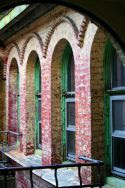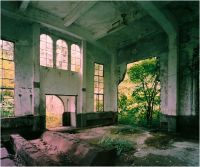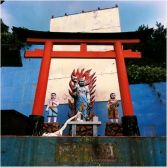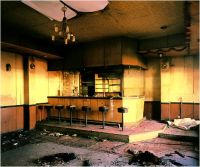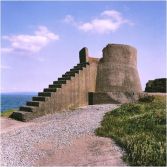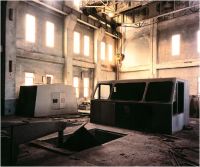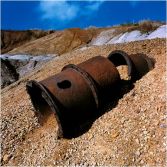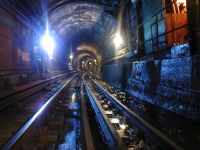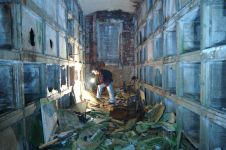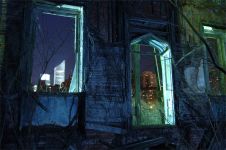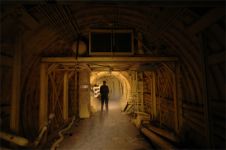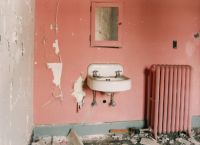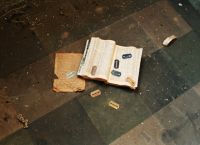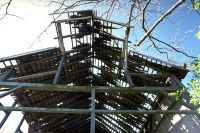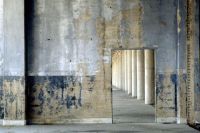Fairy blogs
I discovered today that one of my longstanding wishes has finally come true: The Endicott Studio (publisher of the online Journal of Mythic Arts) now has a blog. It's edited by Midori Snyder with contributions from Terri Windling and the rest of the Endicott staff, and has all the articles, reviews, events, art, links, poems, news and tidbits about all things mythic and folkloric that I had hoped to see from the Endicott Studio. I am delighted.
While I'm at it, I should highlight some of the other myth/folklore/fairytale blogs I discovered when I thought there really should be some good ones out there and began to make a concerted search for them.
Cu Sith Myth is "a Blog of Ancient and Modern Myth" with articles, discussions, and links on topics from the meaning of old tales to current events, art, books, myth and society, and more. Wonderful stuff.
Myth Happens is a personal livejournal by sovay, aka poet and storyteller Sonya Taafe. There's always something fascinating from this blog in the heart of the mythic literary world.
Chaos and old nighties, the livejournal of nineweaving, is by turns personal, poetic, whimsical, and magical, just like a fairy tale. Everything she writes is steeped in myth.
Take me to your Leda (which I had on my blogroll for a long time as "Living in Legends and Lore" -- I had trouble deciding which was the title), is a great blog devoted primarily to classical and ancient mythologies, Graeco-Roman and otherwise. It hasn't been updated for a little while, but it hasn't yet reached my six-month cutoff, and I like it so I'm hoping things pick up again.
Jasminembla's personal blog wanders from film to art to literary experiences, all suffused with a heavy dose of the fantastic, mythical, and magical.
Living in Season is an illuminating blog full of real folklore -- principally plant lore and the rites and traditions of the changing seasons. In-depth, well-researched insights into the properties, histories, magical significance and folk traditions connected with common things we take for granted.
If you know of any other good myth or folklore blogs out there, please do share.
While I'm at it, I should highlight some of the other myth/folklore/fairytale blogs I discovered when I thought there really should be some good ones out there and began to make a concerted search for them.
Cu Sith Myth is "a Blog of Ancient and Modern Myth" with articles, discussions, and links on topics from the meaning of old tales to current events, art, books, myth and society, and more. Wonderful stuff.
Myth Happens is a personal livejournal by sovay, aka poet and storyteller Sonya Taafe. There's always something fascinating from this blog in the heart of the mythic literary world.
Chaos and old nighties, the livejournal of nineweaving, is by turns personal, poetic, whimsical, and magical, just like a fairy tale. Everything she writes is steeped in myth.
Take me to your Leda (which I had on my blogroll for a long time as "Living in Legends and Lore" -- I had trouble deciding which was the title), is a great blog devoted primarily to classical and ancient mythologies, Graeco-Roman and otherwise. It hasn't been updated for a little while, but it hasn't yet reached my six-month cutoff, and I like it so I'm hoping things pick up again.
Jasminembla's personal blog wanders from film to art to literary experiences, all suffused with a heavy dose of the fantastic, mythical, and magical.
Living in Season is an illuminating blog full of real folklore -- principally plant lore and the rites and traditions of the changing seasons. In-depth, well-researched insights into the properties, histories, magical significance and folk traditions connected with common things we take for granted.
If you know of any other good myth or folklore blogs out there, please do share.






